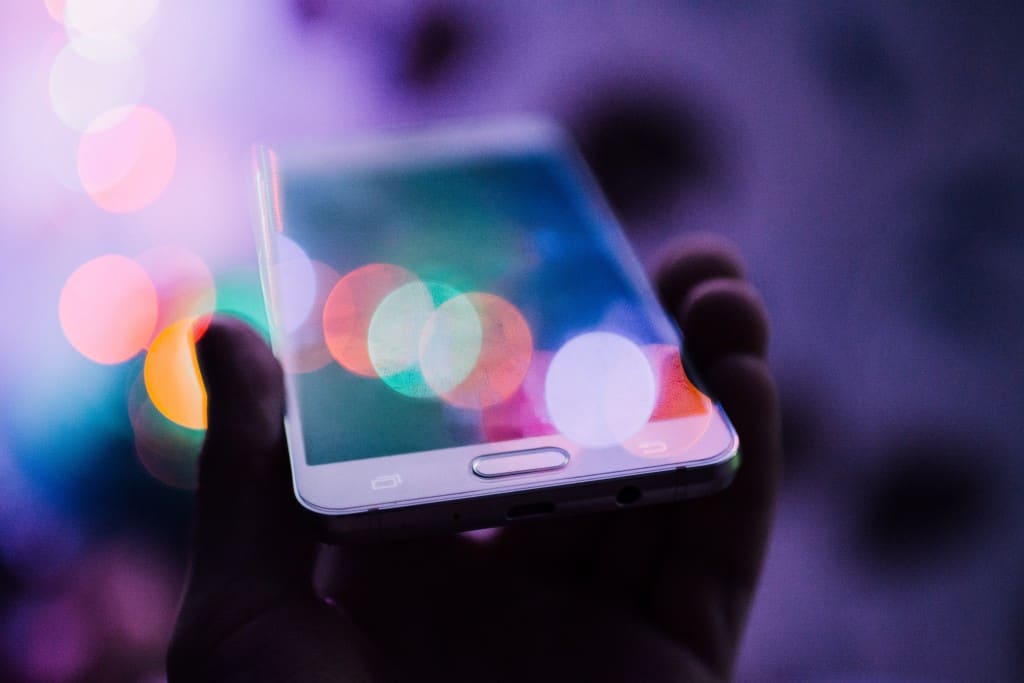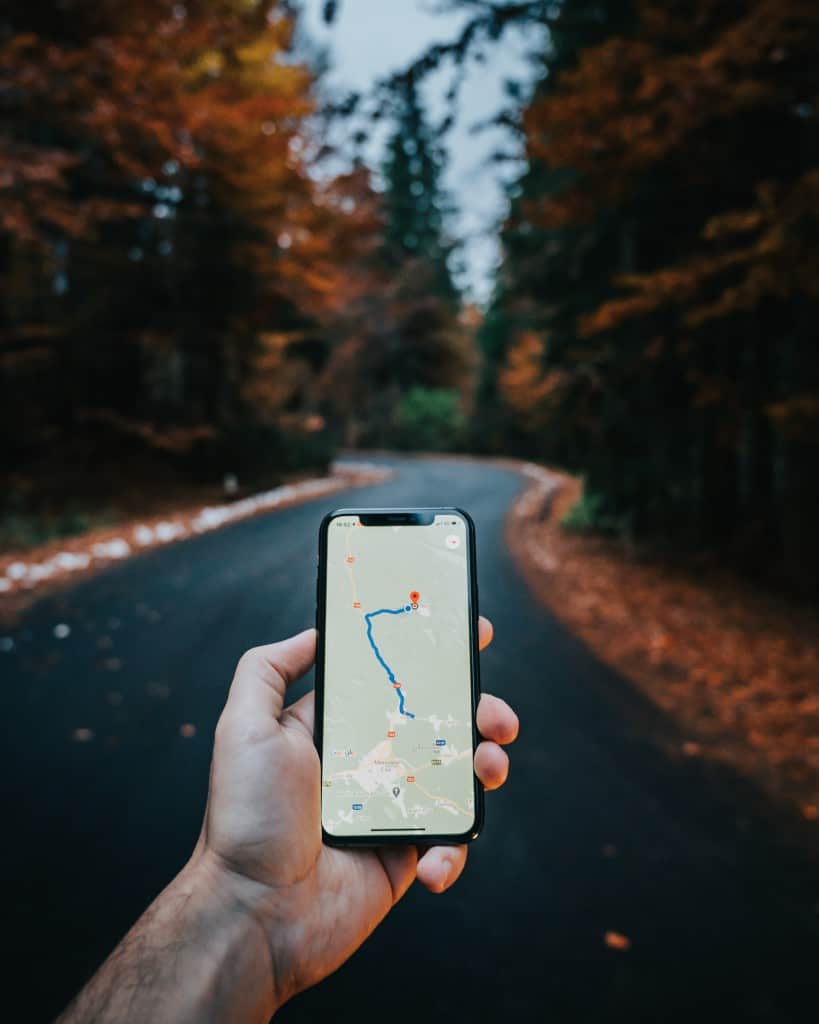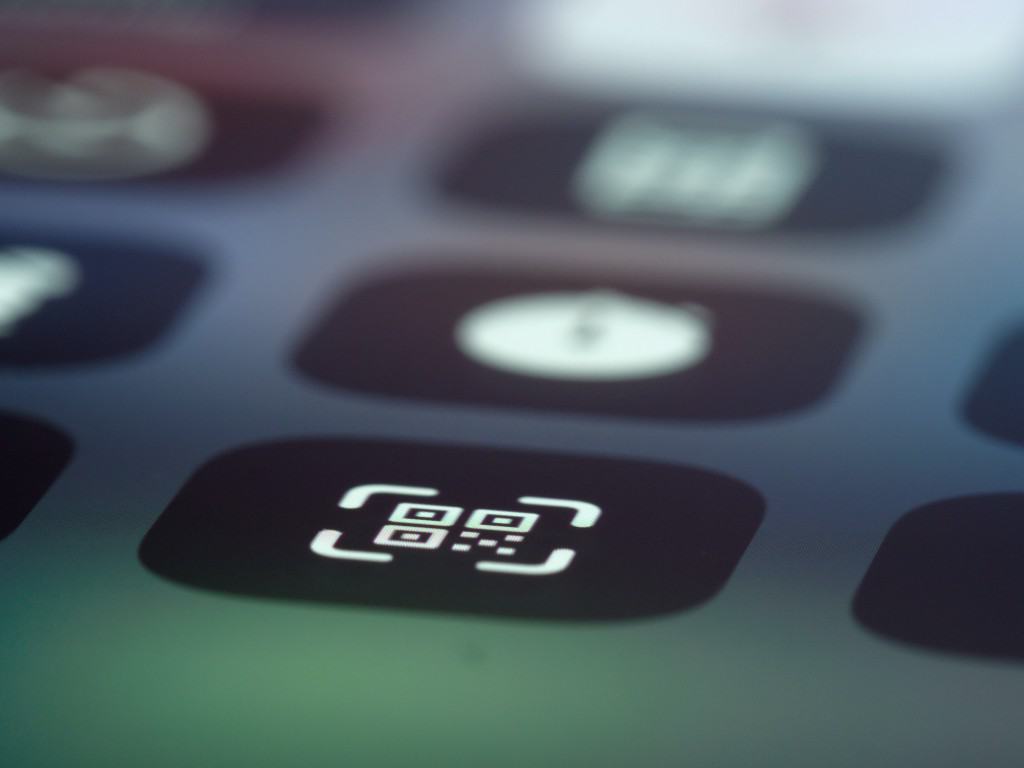eSIMs make roaming without Roaming even easier.
Should you go for the QR and skip the chip?
Heard of them, have you? Wondering what on earth these little things are? How do they work? How do I get my hands on one and what are they used for? Wonder no more, let us help you understand them a little better. And who doesn’t want to be understood?
What’s an eSIM?
Many think the ‘e’ stands for electronic, but in actual fact eSIM means ’embedded SIM’. The technology has been around for a few years, but many travellers still don’t know too much about them. It is in fact a chip that is embedded, rather than a physical SIM you buy and insert into your phone.
Unlike your run-of-the-mill SIM card, these can be re-programmed with different information and used to connect to different phone provider networks around the world. No need to buy a new SIM in each country. Simply buy an eSIM, download their app, install it on your device, and connect to a local network when you arrive.
You can pick from local, regional and global plans, depending on your itinerary. Choose data only or data, call and text plans. You can still keep your physical SIM in your phone too, which means you can still receive incoming calls via your home number whilst using the eSIM for local data.

Advantages
Convenience
There are many advantages to having an eSIM, but the main one is obviously convenience. Just download the eSIM plan that is right for you before you leave. Once you arrive at your destination, you are immediately connected to the local provider.
Cost savings
No huge fees for data roaming and time spent scouring your new destination for a decent local SIM card. eSIMS connect to local carriers for low-cost data options.
Flexibility
If you are travelling to more than one country and even more than one region in the world, there are plans for both. This means whenever you arrive in a new place, you will be instantly connected.
Data plans
There is a wide range of data plans too, such as duration or gigabyte limits, at different price points.
Dual SIM
The eSIM works with your own physical SIM, which means you can use your own local number to receive calls and texts (useful for verification code purposes) while using the eSIM for affordable mobile data.
No loss or damage
Since the eSIM is not a physical object, you can’t lose it, damage it or swallow it….. yes, it has been known to happen 🙂
Security
If your phone is stolen, your eSIM can not be removed and your number taken to commit identity theft as it can with a physical SIM.
Environmentally friendly
Reducing the use of physical SIM cards has a positive effect on the environment. Since they are not physical devices there is no need to produce, package, or distribute them, thereby reducing metal and plastic waste. No energy consumption to produce and distribute a physical SIM card is needed. And a reduced carbon footprint as there is no need for transportation to distribute them.

Disadvantages
Data only
Many eSIMS only offer data and not text and calls. You may only need data, so that’s great! You can also use Skype, Zoom, WhatsApp or other online call services using your data. However, if you REALLY need to text and make calls, you will have to shop around for an eSIM that provides all options, or use your regular SIM for calls and texts.
Battery life
Your mobile phone battery may not last quite as long as it usually does as it will be connected to two networks at once. Yet, an easy fix would be to switch one network off when using the other. Eg; turn off your physical SIM when using data and vice versa.
Price
Though you may save money compared to using data roaming for a prolonged period. The prices are usually higher than the normal data packages you pay for at home. They vary depending on country, region, amount of data, amount of days and whether you want data only or calls and texts, too. So be sure to know where you are travelling and how long to make sure you don’t overspend.
Device compatibility
Not all devices are compatible with eSIMs. Many new phones will be, but if you have an older phone, it may not be. So, check your device beforehand.
iPhone: Settings > General > About. Scroll down towards the bottom and there should be an EID and code displayed (usually underneath IMEI, ICCID and SEID). If this is not shown, then your device is not compatible.
Android: The quickest way is to dial *#06# from your phone and it should show you an EID number (Embedded Identity Document). This means your device is compatible. If not, then it does not.
If you’re not sure, search “list of esim compatible phones 2023” and you will find various sites providing details.
The takeaway
In a nutshell, eSIMs offer reliable connectivity at reasonable prices. They’re decidedly more environmentally friendly than buying multiple SIMs. They are convenient (in more ways than one), safe and simple to set up and use. They offer instant connectivity and can be used alongside your own physical SIM. But, if you are going to be using lots of data, it may not be the most cost-effective solution for you. I hope this has been food for thought and hope to connect with you all out there.









